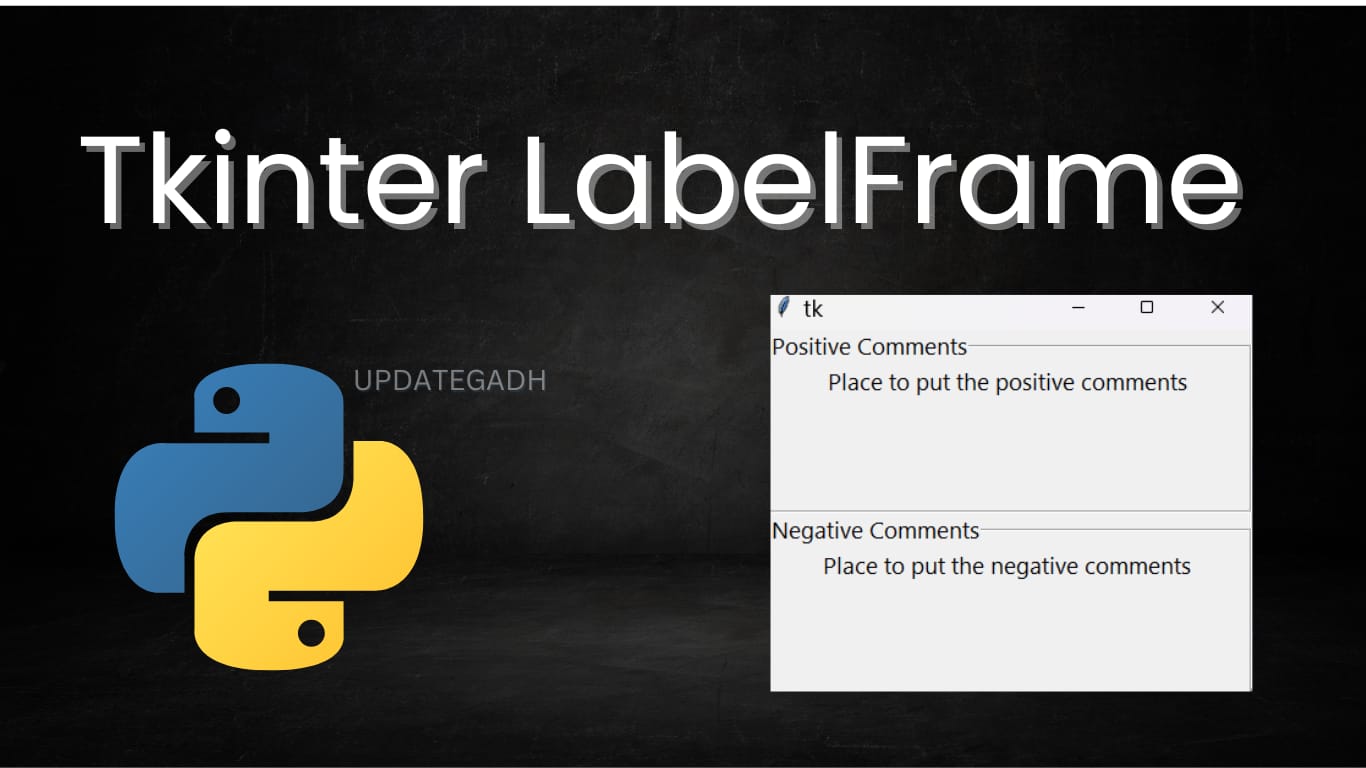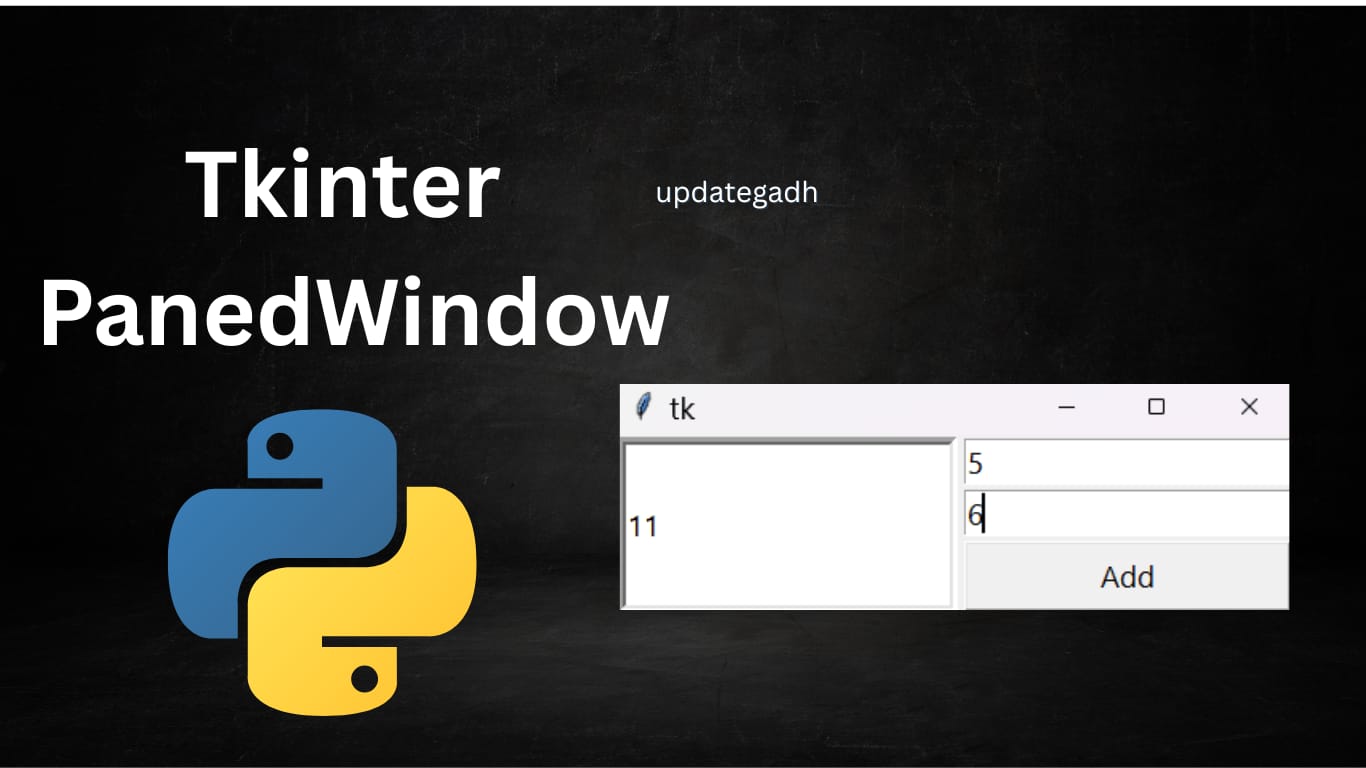
Environment Setup for Database Connectivity in Python
Environment Setup for Database Connectivity in Python
When building real-world applications, integrating with databases is essential. Python, being a versatile and developer-friendly language, enables seamless connectivity with databases like MySQL, SQLite, MongoDB, and many others.
In this guide, we’ll focus on Python-MySQL connectivity, covering installation and configuration to perform database operations in Python. We will explore connectivity with other databases like MongoDB and SQLite in subsequent tutorials.
Complete Python Course with Advance topics:- CLICK HERE

Installing mysql.connector
To connect a Python application with a MySQL database, you need the mysql.connector module. This module isn’t included by default with Python installations, so you’ll need to install it first.
Here’s a step-by-step guide to set up the environment and ensure smooth integration.
Method 1: Install Using pip
The easiest and most reliable way to install mysql.connector is through Python’s pip installer. Within your terminal, execute the following command:
python -m pip install mysql-connector
Method 2: Manual Installation
If you would rather install manually, take these actions:
- Download the Source Code
- Download the source code for
mysql-connectorfrom the following link: - Download mysql-connector-python-8.0.13
- Extract the File
- Extract the downloaded
.tar.gzfile to a folder on your system. - Navigate to the Source Code Directory
- Open your terminal (or Command Prompt for Windows), and change the current directory to the folder where the extracted files are located:
cd mysql-connector-python-8.0.13/ - Build the Connector
- Run the
setup.pyfile with Python to build the module. If you have both Python 2 and Python 3 installed, usepython3:python setup.py build - Install the Connector
- After the build process completes, run the following command to install
mysql-connector:python setup.py install
This process might take some time depending on your system configuration.
Verify Installation
After installation, verify that mysql.connector has been successfully installed.
Open the Python shell and try importing the module:
>>> import mysql.connector
>>> print("MySQL Connector is installed and ready to use!")
If no errors occur, the installation is successful, and you’re ready to start connecting your Python application with a MySQL database.
| Python for Machine Learning: A Comprehensive Guide | https://updategadh.com/ai/python-for-machine-learning/ |
| Python Inheritance: A Deep Dive | https://updategadh.com/python/python-inheritance/ |
| Python Classes and Objects: A Guide to Mastering Object-Oriented Programming | https://updategadh.com/python/python-classes-and-objects/ |
| Python Classes and Objects: A Guide to Mastering Object-Oriented Programming | https://updategadh.com/python/python-classes-and-objects/ |
| Python OOPs Concepts: A Complete Guide | https://updategadh.com/python/python-oops-concepts-a-complete-guide/ |
Download New Real Time Projects :-Click here
database connectivity in python with mysql
python database connection class example
python sql connectivity programs class 12
Environment Setup for Database
sql database connection using python
python database connection postgresql
database connectivity in python sqlite3
creating and searching tables in python
Environment Setup for Database Connectivity
python database connection best practices
Environment Setup for Database Connectivity in Python
environment setup for database connectivity in python w3schools
environment setup for database connectivity in python example







Post Comment